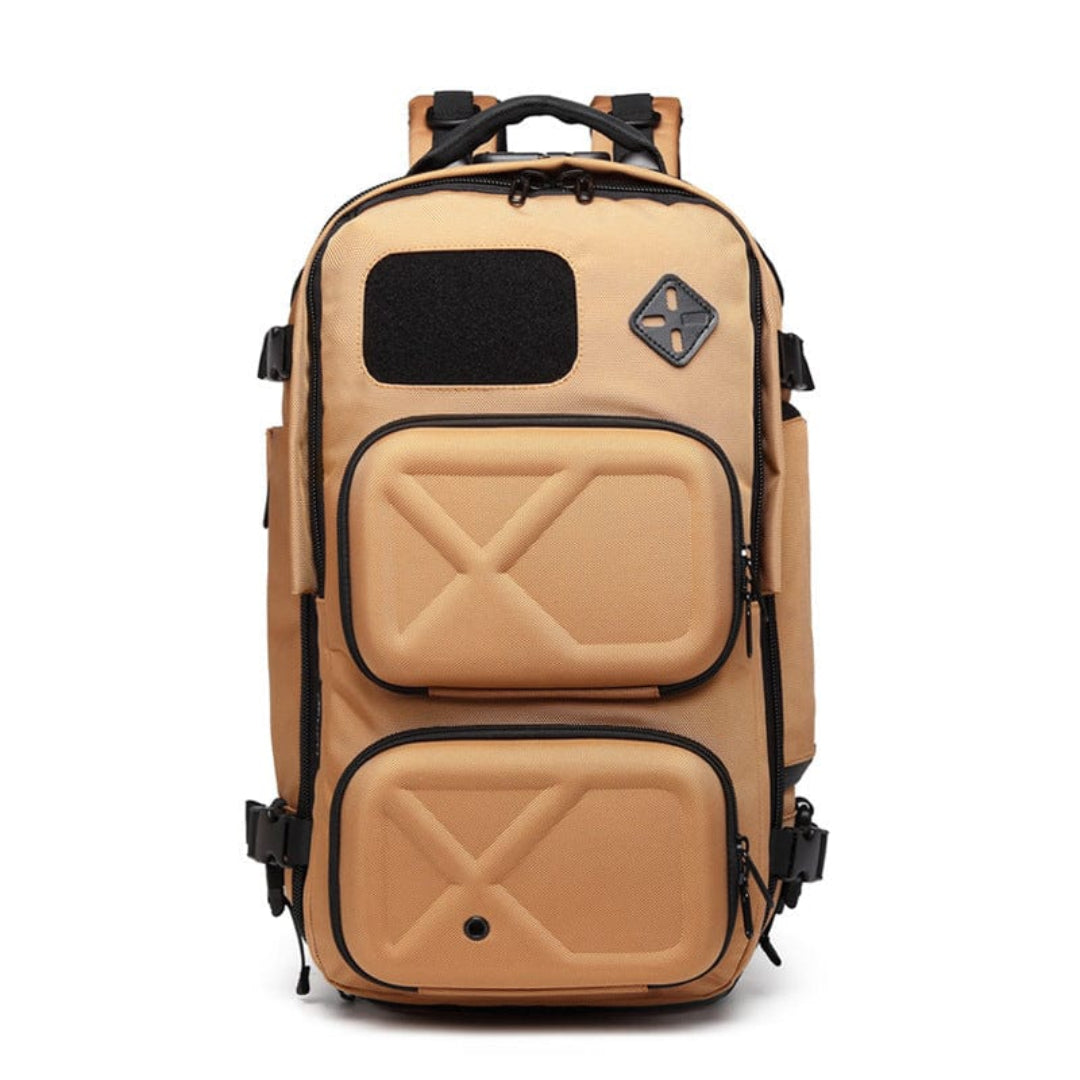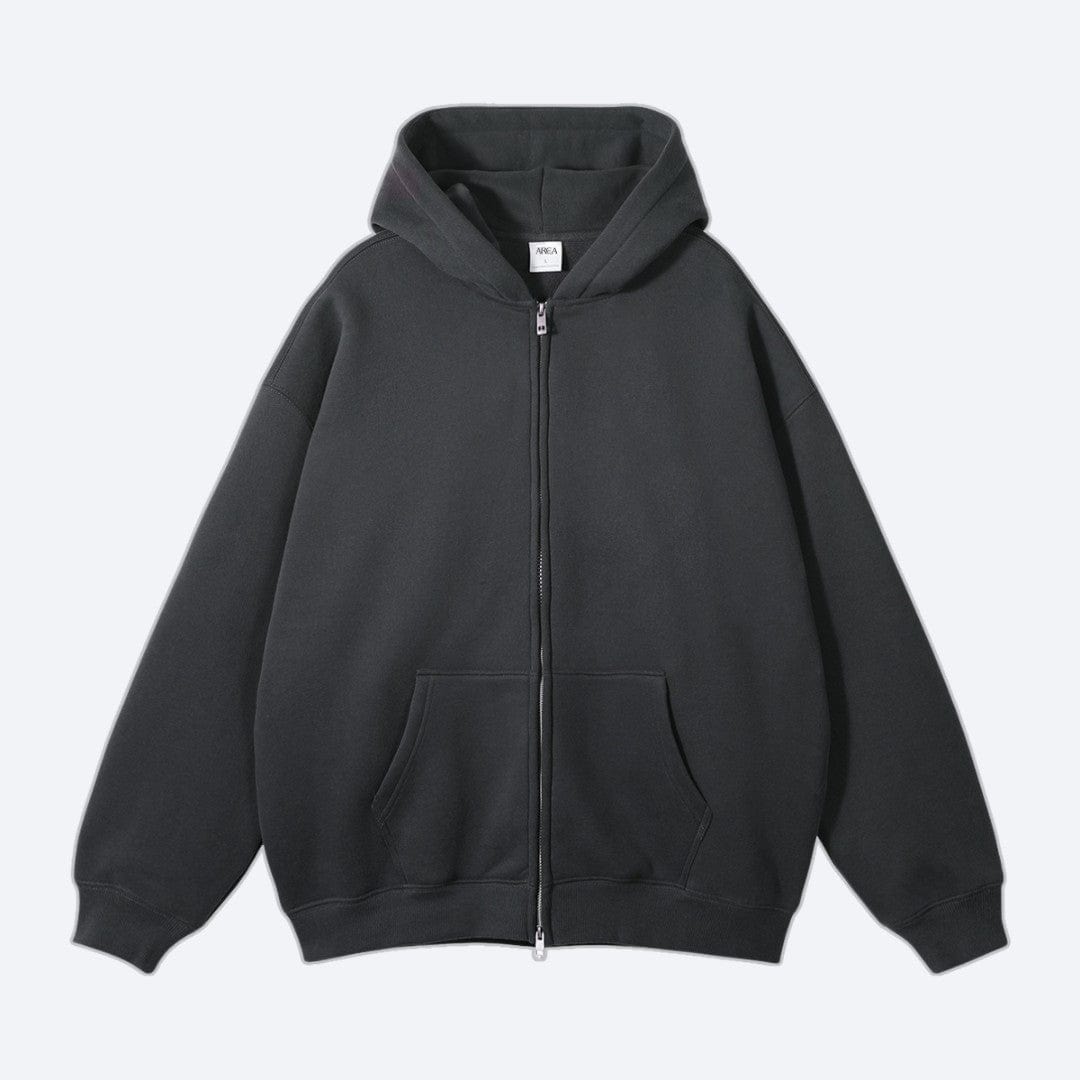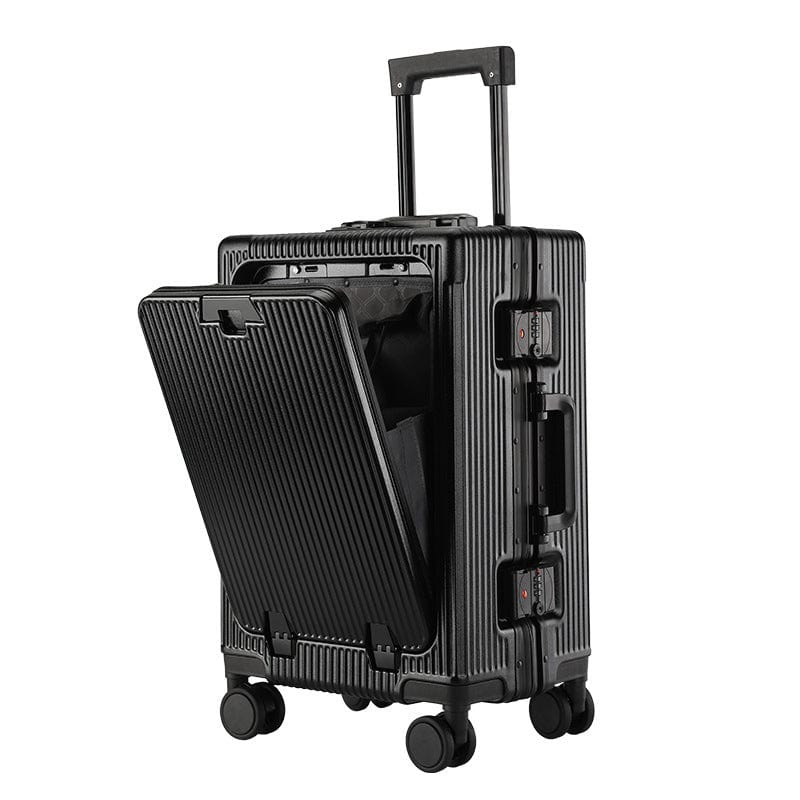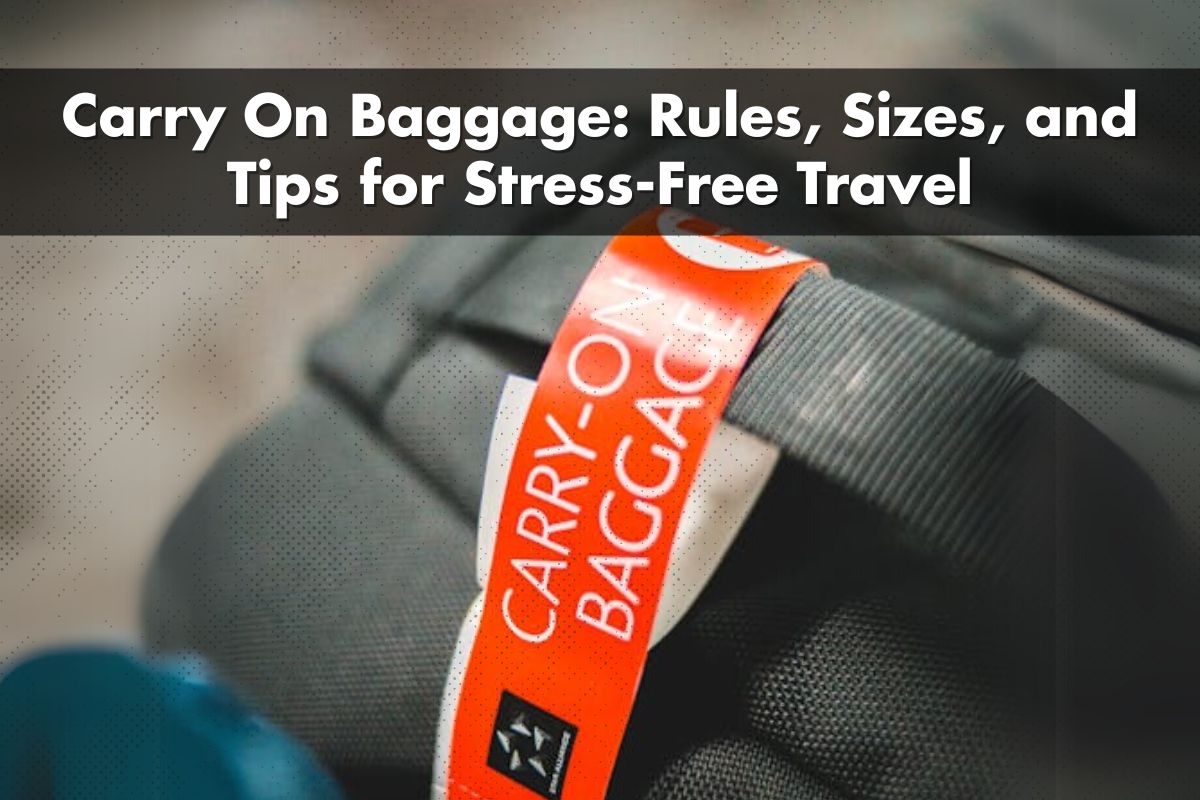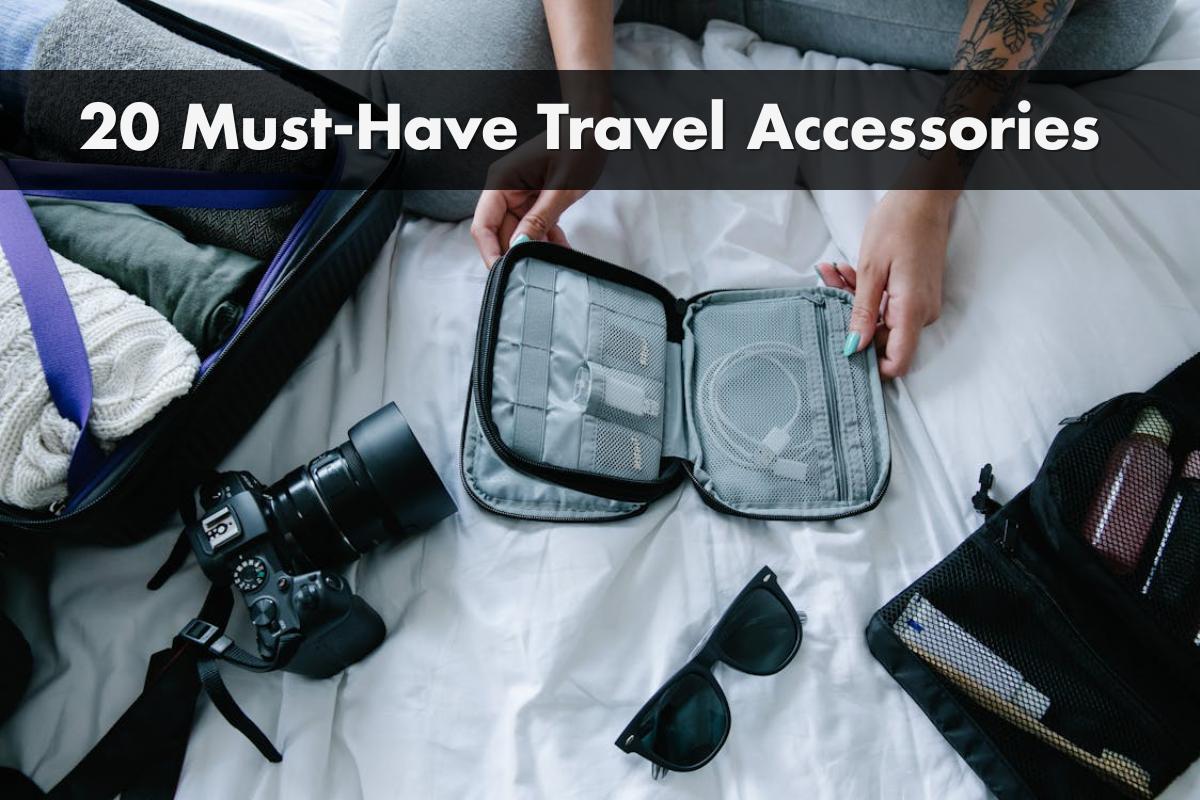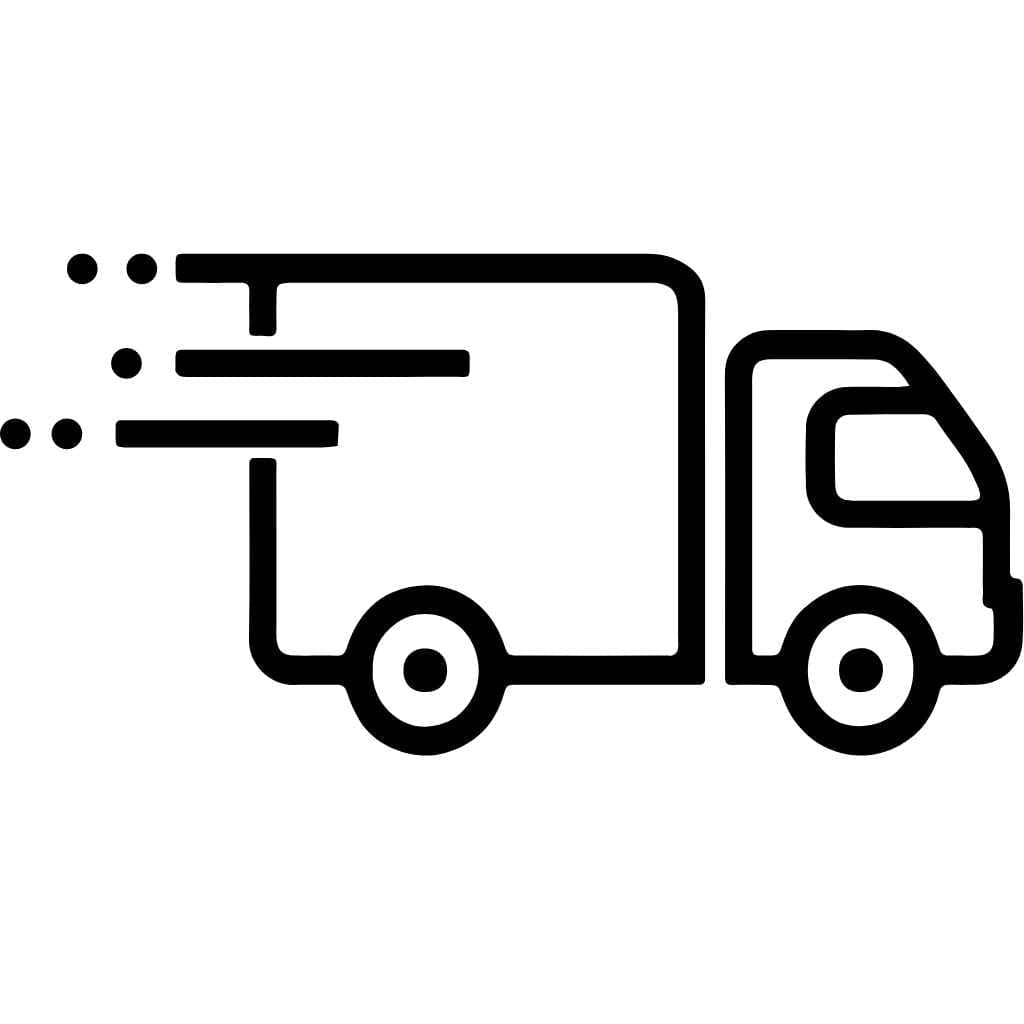Most airlines enforce strict size limits for carry-ons, with standard dimensions around 22 x 14 x 9 inches, including wheels and handles. While weight limits are less common, you’ll need to lift your bag into the overhead compartment unassisted. Personal items like purses, backpacks, or laptop bags should be compact enough to fit under the seat.
Knowing these guidelines ensures a hassle-free boarding process. Whether you're packing a roller bag or a briefcase, staying within the limits saves time and money while keeping your travel stress-free.
Essential Points to Remember
- Standard Carry-On Dimensions
Ensure your carry-on doesn't exceed 22 x 14 x 9 inches (55 x 40 x 23 cm), including wheels and handles. This size fits in most overhead bins.
- Personal Item Dimensions
Limit your personal item to 17 x 13 x 6 inches (43 x 33 x 16 cm). It must fit under the seat in front of you. Examples include a purse, laptop bag, or small backpack.
- Weight Considerations
While most airlines don't enforce specific weight limits for carry-ons, your travel bag must be easy to lift into the overhead bin without assistance.
- Liquid Restrictions
Carry liquids in containers no larger than 3.4 ounces (100 ml), and place them in a quart-sized clear plastic bag. This applies to all liquids, gels, and aerosols in your carry-on.
- Prohibited Items
Keep firearms, fireworks, and hazardous materials out of your carry-on. Lithium batteries above 100 watt-hours require airline approval, with a limit of two spares per passenger.
- Infant Allowance
If traveling with an infant, bring an additional standard item for your child's belongings, such as a diaper bag, at no extra charge.
- Oversized or Overweight Bags
If your bag exceeds size regulations or is too heavy, expect to check it at the gate, often with additional fees. Double-check dimensions before leaving for the airport.
- Packing for Longer Trips
Use versatile clothing and quick-dry fabrics to pack efficiently. Solid toiletries like shampoo bars save space and comply with liquid limitations.
By following these guidelines, you can avoid airport inconveniences, minimize additional costs, and ensure your journey is hassle-free.
What Qualifies as Carry-On Baggage?
Carry-on baggage consists of items you can personally bring into the aircraft cabin for storage in overhead bins or under the seat. Most airlines allow one carry-on bag and one personal item per passenger. A carry-on bag can include roller bags, backpacks, or travel duffel bags, while acceptable personal items are smaller and include purses, laptop bags, or briefcases.
Standard Carry-On Bag Dimensions
Airlines typically set maximum carry-on dimensions at 22 x 14 x 9 inches (56 x 36 x 23 cm), including handles and wheels. Your bag must fit comfortably in overhead bins. Linear dimensions should not exceed 115 cm (length + width + height).
Personal Item Requirements
Personal items, such as handbags or small backpacks, must fit under the seat in front of you. The allowable dimensions are usually 17 x 13 x 6 inches (43 x 33 x 16 cm). For example, a compact laptop bag or a small shopping tote qualifies.
Weight Regulations
Most carriers don't enforce strict weight limits for carry-ons but expect passengers to lift them into overhead bins unassisted. For safety, keep your bag light and easy to handle.
Infant-Associated Allowance
Passengers traveling with infants on their laps can carry one additional standard item for child-specific needs. This may include a diaper bag or small stroller accessory.
Key Exceptions
Certain items, such as soft-sided garment bags (up to 51 inches/130 cm), musical instruments, or medical devices, qualify as carry-ons if they fit designated spaces. Regional flights may impose stricter overhead bag rules, requiring gate-side checking for larger items.
Understanding these qualifications ensures your items meet airline rules and reduces last-minute complications at the gate.
How Strict Are Airlines Regarding Carry-On Dimensions?
Airlines enforce carry-on size rules to maintain cabin space efficiency and passenger safety. Most carriers require your carry-on bag to fit within their prescribed dimensions, commonly 22 x 14 x 9 inches, including wheels and handles. Personal items are limited in size to approximately 17 x 13 x 6 inches to ensure they fit under the seat. Any luggage exceeding these sizes is subject to gate-checking, often for an additional fee.
Some airports and planes impose stricter restrictions. Regional flights, like those on smaller aircraft, frequently have limited overhead bin space. For example, on certain American Eagle planes, larger carry-ons must be valet checked, although this service is often complimentary. In contrast, Embraer ERJ175 planes accommodate carry-ons in overhead bins, negating the need for valet service.
Weight enforcement is generally minimal for carry-on baggage in the US, but your bag must fit in the airline’s sizer and be manageable to lift into the overhead bin without assistance. Soft-sided garment bags under 51 inches (linear dimensions) and properly stored musical instruments are sometimes exceptions but must adhere to carrier-specific policies.
Non-compliance, including exceeding size or not adhering to guidelines such as placing the personal item under the seat, may result in delays or additional costs. To avoid complications, check your airline's carry-on policies before traveling, especially for code-share flights or international trips with differing baggage rules. Following these dimensions ensures a smoother boarding process and hassle-free journey.
What Happens If My Bag Is Oversized at the Gate?
If your carry-on bag exceeds the permitted dimensions, the airline may require you to gate-check it. Gate agents assess bags for compliance, considering both size and how visibly large they appear. While some agents might overlook slightly larger bags, others enforce the rules strictly, especially if the bag’s size is noticeably outside the allowable limits.
Once your bag is identified as oversized, it'll be tagged and checked into the cargo hold. Fees are often associated with gate-checking oversized bags, depending on the airline’s policies. You're typically informed whether your bag will need to be retrieved at baggage claim or picked up on the jetbridge at your destination.
To avoid delays or issues, remove essential items like travel documents, electronics, medicines, and valuables from your carry-on before it's gate-checked. Place these in your personal item to ensure they remain with you during the flight. Practices may vary by airline, but adhering to guidelines ensures a smoother boarding process.
Can My Bag Be Gate-Checked Even If It Meets Carry-On Regulations?
Your carry-on bag may need to be gate-checked even if it adheres to size regulations. This typically happens when the flight is full, or the aircraft is smaller with limited overhead bin space, such as on regional or domestic flights.
In such cases, gate agents tag your bag and check it at the gate, often at no additional cost. For example, on regional flights using certain aircraft like the Embraer ERJ175, airlines may check larger carry-ons for free due to constrained bin space. Upon arrival, these gate-checked bags are usually returned to you on the jetbridge after you exit the aircraft.
Remove vital items such as travel documents, medications, electronics, and valuables from your carry-on before gate-checking. Place these in your personal item to keep them accessible throughout your journey. This precaution ensures your essentials remain with you even if your carry-on is temporarily out of reach.
What Is the Standard Size for Carry-On Baggage?
The standard size for carry-on baggage is 22 x 14 x 9 inches, including wheels and handles. These dimensions are commonly accepted by most airlines, ensuring the bag fits in the aircraft's overhead bins. Some airlines allow slight variations, while others follow strict dimensional guidelines, so confirming your airline's policy beforehand is essential.
When measuring your bag, include all external parts like wheels and handles to ensure compliance. Bags exceeding the standard dimensions may require gate-checking, typically incurring additional fees. For a combined size limit, the total dimensions (length + width + height) of your carry-on should not exceed 45 linear inches (114 cm).
Personal items, such as laptop bags or purses, should fit comfortably under the seat in front of you. Most airlines specify maximum dimensions around 17 x 13 x 6 inches for personal items. Ensure both your carry-on and personal item adhere to these size limits to avoid delays and additional charges.
What's the Distinction Between a Carry-On and a Personal Item?
A carry-on is a larger piece of luggage stored in the overhead bin, while a personal item is smaller and fits under the seat in front of you. Carry-ons typically include roller bags, travel backpacks, and duffel bags. Personal items commonly refer to purses, laptop bags, small backpacks, or camera cases.
Carry-on bags have maximum dimensions of 22 x 14 x 9 inches (55 x 35 x 23 cm), including wheels and handles. Personal items bags follow smaller size limits, usually 17 x 13 x 6 inches (43 x 33 x 16 cm). Airlines strictly enforce these rules, and any bag exceeding carry-on dimensions must be checked, often incurring additional fees.
Although weight limits for carry-ons aren't standard across airlines, your bag must be light enough to lift into the overhead bin without assistance. The personal item must always fit under the seat in front of you. Items like briefcases, small shopping bags, or diaper bags qualify as personal items.
Understanding these distinctions helps avoid unexpected fees and ensures a hassle-free boarding process. Many airlines allow one carry-on and one personal item per economy-class passenger, but some budget airlines restrict flyers to a personal item only. Always verify your airline's specific policies before your trip.
How Many Carry-On Bags Are Permitted on a Flight?
Most airlines in the U.S. allow one carry-on bag and one personal item per passenger traveling in economy class. A carry-on bag typically includes roller bags, large backpacks, or duffel bags that fit in the overhead compartment. Personal items include smaller bags, such as purses, laptop bags, or small backpacks, which must fit under the seat in front of you.
Budget airlines often restrict passengers to one personal item only unless additional baggage fees are paid. If you're flying on premium cabins or with airlines offering upgraded fare classes, more generous baggage allowances may apply. Always confirm the carry-on rules with your airline, especially for code-share flights or international travel, as restrictions can vary.
Passengers traveling with infants are usually permitted an additional piece of baggage for items like diaper bags without incurring extra charges. On regional flights with limited overhead bin space, carry-on bags may need to be valet-checked and returned to you upon arrival. Musical instruments and soft-sided garment bags count as carry-ons if they fit in the overhead bin.
Is There a Weight Restriction for Carry-On Luggage?
Some airlines enforce weight limits for carry-on luggage, while others do not. For many U.S. airlines, including major ones like JetBlue and American Airlines, there are no specific weight restrictions. However, your carry-on must be light enough for you to lift unassisted into the overhead bin.
For airlines with weight policies, the limit typically ranges from 15 lbs to 25 lbs for economy passengers. International airlines are more likely to enforce these restrictions; some limit carry-ons to 22 lbs. Always check the specific airline’s guidelines before flying to avoid having to check your bag. A luggage scale can be a helpful tool for ensuring compliance.
If you're flying regional or smaller aircraft, stricter carry-on weight rules may apply due to limited cabin storage. In these cases, your larger carry-on might need to be checked or valet-tagged at the gate, even if it fits the dimensions.
Is Carry-On Luggage Free of Charge?
For most U.S. airlines, bringing one carry-on bag and one personal item is included in the ticket price for standard economy fares. Personal items like purses, laptop bags, or small backpacks must fit beneath the seat in front of you. Carry-ons, such as roller bags or large backpacks, should meet size guidelines, typically 22 x 14 x 9 inches, including handles and wheels.
Some budget airlines charge additional fees for carry-on items placed in overhead bins. Passengers traveling on these carriers may be limited to only a personal item unless they pay for an upgraded fare or add a carry-on allowance. Fees for carry-ons on these airlines can vary significantly, depending on your route and when you pay. Prepaying for your carry-on is often more cost-effective than paying at the airport.
Premium cabin ticket holders or frequent-flyer members often have more generous baggage allowances, including free carry-ons. If you're unsure about your ticket class or membership perks, checking your airline's policy beforehand avoids unexpected expenses.
Which Airlines Include Carry-Ons in Basic Economy? Which Ones Charge Extra?
Many airlines include one carry-on bag in basic economy fares, but policies vary, and some charge extra. Major carriers like Aer Lingus, Air Canada, Air France, Air Italy, Alaska Airlines, British Airways, Delta Air Lines, Iberia, KLM, Lufthansa, Norwegian, Southwest, SWISS, and Virgin Atlantic typically allow both a carry-on and a personal item with basic economy tickets.
Certain budget airlines, including Allegiant, Frontier, Sun Country, and Spirit, restrict passengers to one personal item, such as a laptop bag or purse, without a fee. Bringing a carry-on often requires purchasing an additional allowance. United Airlines' policy depends on the destination: transatlantic basic economy tickets include a carry-on bag, but for most other routes, only a personal item is permitted. If you bring a carry-on to the gate without prepaying, United charges a checked bag fee plus a $25 gate handling charge.
Carriers that permit carry-ons as part of basic economy typically adhere to standard size limits, usually 22 x 14 x 9 inches. For airlines with stricter policies, knowing in advance what is allowed can prevent unexpected fees at the airport. Always confirm your airline's baggage rules to ensure compliance.
How Many Quart-Sized Bags Can I Bring in My Carry-On?
You can bring one quart-sized bag in your carry-on. According to TSA regulations, liquids, aerosols, gels, creams, and pastes must fit within this single quart-sized clear plastic bag. Each container inside cannot exceed 3.4 ounces (100 milliliters).
For convenience, keep this bag accessible, as security screening requires you to separate it from your carry-on and place it in a bin. If you need to carry larger amounts of liquids or additional bags, check them with your luggage. Exceptions apply for certain necessary items, such as medications, infant formula, or breast milk, which may undergo additional screening.
What Items Are Prohibited in a Carry-On?
Prohibited items in carry-on bags typically include hazardous or potentially dangerous materials. These include firearms, explosives, fireworks, and self-defense items like pepper spray or stun guns. Sharp objects such as knives, razor blades, and scissors with blades longer than 4 inches are also not allowed. Tools like hammers, drills, or wrenches over 7 inches must be checked, as they can pose safety risks.
Liquids in containers larger than 3.4 ounces or 100 milliliters are not permitted in carry-ons, even if partially filled. Ensure all your liquids, gels, pastes, and aerosols fit in a single quart-sized, clear, zip-top bag. Items like large bottles of beverages, full-size shampoos, or sprays exceeding the size limit should be packed in checked luggage. Medications, baby formula, and breast milk are exceptions but may require special screening.
Flammable items such as gasoline, lighter fluid, and certain types of lithium batteries are restricted. Spare lithium batteries exceeding 100-watt hours may be allowed only with specific airline approval and are limited to two per passenger in carry-ons. Matches and regular lighters are usually permitted but may vary by airline.
Other restricted items include recreational explosives like party poppers or shock devices, sporting equipment like baseball bats or hockey sticks, and industrial tools that could function as weapons. Adhesives or paints marked as hazardous materials are also disallowed.
Adhering to these carry-on regulations ensures compliance with security measures and facilitates a smooth screening process, avoiding unnecessary delays at security checkpoints.
Tips for Traveling with Only a Carry-On
Pack Versatile Clothing
Choose items that can be mixed and matched for multiple outfits. Opt for lightweight fabrics that dry quickly and minimize wrinkles. Roll your clothes instead of folding to save space and reduce creases.
Use Packing Cubes
Organize your belongings by category with packing cubes. Designate one cube for clothing, another for toiletries, and a third for accessories to keep everything easily accessible. This method prevents the need to unpack your entire bag to find a single item.
Limit Liquids
Adhere strictly to the 3.4-ounce rule for liquids and fit all containers into one quart-sized clear bag. Consider travel-friendly alternatives like solid shampoo, soap bars, and toothpaste tablets to minimize liquid items.
Take Lightweight Electronics
Pack only essential electronics like a tablet or e-reader instead of heavier laptops. Use compact charging cables or multi-device chargers to reduce bulk.
Optimize Personal Item Space
Use your personal item for essential items like your passport, travel documents, phone, and snacks. Choose a bag with multiple compartments to keep things organized and secure.
Maximize Bag Features
Leverage features like compression straps in your carry-on to ensure your items remain secure and compact. Expandable compartments can provide extra storage if your airline allows adjustable dimensions.
Check Airline Size Restrictions
Confirm the carry-on and personal item dimensions allowed by your airline before packing. Most allow up to 22 x 14 x 9 inches for carry-ons and around 17 x 13 x 6 inches for personal items. Compliance ensures your bag fits overhead or under the seat without additional fees.
Avoid Prohibited Items
Ensure your carry-on excludes hazardous items like lithium batteries over 100-watt hours, fireworks, and large tools. Consult TSA guidelines or airline policies for a complete list to prevent delays at security checkpoints.
What Is the Ideal Carry-On Bag?
An ideal carry-on bag meets airline size guidelines, balances durability and weight, and accommodates your travel needs. Most airlines limit carry-on dimensions to 22 x 14 x 9 inches, including handles and wheels, so ensure your bag fits within these limits. Personal items, like backpacks or laptop cases, are smaller and must fit under the seat, generally measuring around 17 x 13 x 6 inches.
Lightweight construction is crucial for easier handling and maximizing packing capacity. Select materials like polycarbonate for hardshell luggage or durable fabric for softside options. Hardshell bags offer better protection for delicate items, while softside bags provide flexibility for tighter spaces.
Functional features enhance convenience and organization. Look for spinner wheels for easier maneuverability, compression straps to secure contents, and multiple compartments to sort belongings efficiently. Packing cubes can further optimize space and keep essentials accessible.
Sturdiness and longevity are essential for frequent travel. Check for reinforced corners, sturdy zippers, and a reliable handle mechanism. High-quality materials ensure your bag withstands years of wear without breaking or tearing.
Choose a bag that matches your travel style. Travel backpacks or duffel bags work well for short trips, while roller bags are convenient for business or extended stays. Ensure the bag remains easy to lift into overhead compartments, particularly for airlines that require unassisted storage.
By following these guidelines, you can select a carry-on that ensures both practicality and compliance with airline regulations.
What Dimensions Are Allowed for Carry-On Bags?
Carry-on bags must meet size limits set by airlines to fit in overhead bins. The standard maximum dimensions are 22 x 14 x 9 inches (56 x 36 x 23 cm), including wheels and handles. Personal items, such as purses or laptop bags, must fit under the seat in front of you, typically measuring up to 17 x 13 x 6 inches (43 x 33 x 16 cm). Ensure your bag complies with these limits to avoid checking it at the gate.
Linear dimensions of carry-on bags cannot exceed 115 cm (length + width + height) for most airlines. Soft-sided garment bags used as carry-ons are often limited to a total dimension of 51 inches (130 cm). Musical instruments qualify as carry-ons only if they fit in designated storage spaces.
Small regional aircraft, such as those operated by American Eagle, may impose stricter dimension restrictions due to limited overhead bin space. In this case, larger bags may need valet-checking, but you'll receive them upon exiting the plane. Always verify your specific airline's carry-on dimensions before travel to ensure compliance.
Can I Bring Both a Backpack and a Carry-On?
Yes, most airlines allow both a carry-on bag and a personal item like a backpack. Your carry-on bag typically needs to fit in the overhead bin, while the backpack or personal item should fit under the seat in front of you. Airlines define personal items as smaller bags such as backpacks, laptop bags, purses, or briefcases.
The standard dimensions for carry-on bags are approximately 22 x 14 x 9 inches, including wheels and handles, depending on the airline. Personal items are usually limited to 17 x 13 x 6 inches or a size that fits under the seat comfortably. These size requirements ensure smooth boarding without unnecessary delays or additional fees.
Certain budget airlines may restrict you to one personal item unless you purchase an upgraded fare. On premium or business-class tickets, additional carry-on allowances might be granted. Always check your airline's specific rules before your flight to avoid surprises.
If you're traveling with a child, you can bring one additional item, like a diaper bag, for their needs without incurring extra charges. For limited-space aircraft or strict routes, expect checked-bag requirements even for compliant carry-ons.
What's the Difference Between Carry-On and Hand Luggage?
Carry-on and hand luggage often refer to the same items, but the terms are used differently depending on the context. In many regions, "carry-on" is the more common term, particularly in the United States, while "hand luggage" is widely used in Europe and other parts of the world.
Carry-on luggage includes bags that comply with airline size limits, allowing them to be stowed in overhead bins. Examples include small roller bags, duffel bags, and backpacks. Airlines usually define carry-on dimensions as 22 x 14 x 9 inches (56 x 36 x 23 cm), including wheels and handles.
Hand luggage, on the other hand, is often used interchangeably with carry-on but can also describe smaller personal items you bring into the cabin. These items, such as purses, laptop bags, and compact backpacks, should fit under the seat in front of you, adhering to dimensions like 17 x 13 x 6 inches (43 x 33 x 16 cm).
While the terminology varies, the key difference lies in usage. Carry-on typically highlights bags placed in overhead compartments, whereas hand luggage can include personal items kept within reach during the flight. Understanding these terms helps ensure your bags meet airline requirements, avoiding fees or delays at boarding.
How Does Carry-On Compare to Checked Luggage?
Choosing carry-on baggage over checked luggage offers convenience, cost savings, and quicker access to your belongings. You avoid waiting at baggage claim and reduce the risk of lost or delayed luggage. With the right packing strategy, you can fit everything you need into a carry-on, streamlining your travel experience.
However, carry-ons come with size and content restrictions, so it’s essential to plan carefully. Checked luggage allows more flexibility for bulkier items but often comes with additional fees and longer processing times. Understanding your airline’s policies and balancing your needs ensures a smoother journey.


